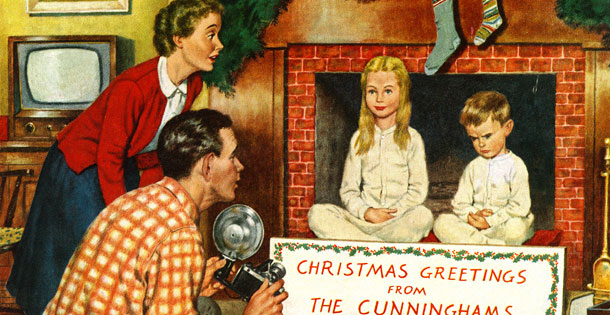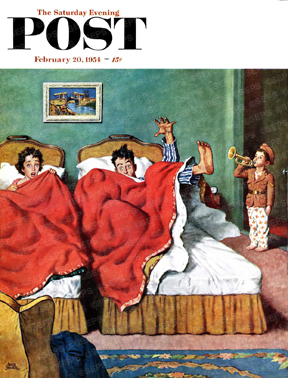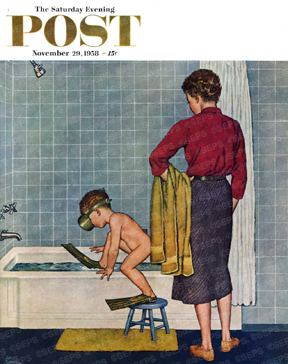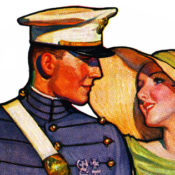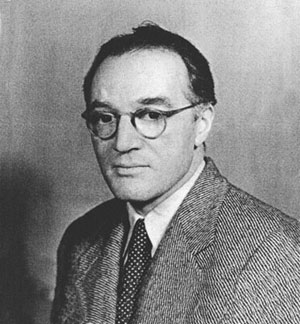
A born Californian from San Francisco, Amos Sewell enjoyed the sun and all the activities warm weather had to offer. In his youth, Sewell was a ranked amateur tennis player (15th in Singles and 9th in Doubles). He was a banker during the day who took art classes for fun. After repeated losses to his champion tennis rival, Donald Budge, he decided to quit the sport. A tennis star throughout the 1920s, Sewell had moved into the world of professional illustration by The Great Depression era of the 1930s.
He began his art education taking eight years worth of night classes at The California School of Fine Arts while working as a banker at Wells Fargo. Sewell worked at the bank from 1916-1930. He always enjoyed art, and often took vacation time to drive up the California coast to paint. It was on one of these trips that Sewell decided to make a career out of his art by moving to New York City.
In 1930, Sewell made the move. To pay his way, he worked a lumber-boat from California to New York down the coast and through the Panama Canal.
Once in New York City, Sewell took more classes at The Art Students League and the Grand Central School of Art. In art school, Amos studied under famed instructors Guy Pene Du Bois and Harvey Dunn. Each of whom became the artist’s entre into the New York City art scene. He also studied privately with Julian Levi at his studio in Easthampton, Long Island after having completed his formal schooling.
In 1932, he married his sweetheart, Ruth Allen. The two never had any children. Though a talented artist, Sewell complained that work was hard to find in the worst years of the Great Depression, specifically 1933 and 1934. He spent his days practicing illustration when there was no work to be done. Soon that period ended, however, and the experience of practice had prepared him to shine as a masterful illustrator.
One of the few financially stable working artists of the early to mid-twentieth century, Sewell kept up his passion for tennis as a hobby. His last documented tournament victory was the 1934 Cup for Westchester County, New York.
Quickly, Sewell began receiving regular work from advertising agencies and magazines around the city. All the incoming work provided a better quality of life. Eventually, he and his wife chose to move from the East Village of Manhattan to the artist’s colony in Westport, Connecticut. During World War II, he won an art award for creating the nation’s best war bond illustrations.
Amos Sewell’s successful career led him to produce covers and illustrations for The Saturday Evening Post, Woman’s Day, Good Housekeeping, Redbook, True, Today’s Woman, Coronet, Liberty, and Country Gentleman. He illustrated for Street & Smith detective “pulp” stories, and a novel, MacKinley Kantor’s “Valedictory.” He was privately contracted to illustrate for large national advertising accounts, but admitted that he had to give those up to focus on his added workload from The Post.
Though Sewell had no children of his own, the artist idealized childhood. He often chose to depict its innocence with empathic images of children playing or unknowingly making mistakes.
Amos and Ruth lived out a quiet life in Westport, Connecticut until Amos’s death in October of 1983 at the age of 82. Today, Sewell is remembered as one of The Saturday Evening Post’s best artist-illustrators.
Covers by Amos Sewell
Parents’ Reveille
Amos Sewell
February 20, 1954
Scuba in the Tub
Amos Sewell
November 29, 1958
Morning Coffee Break
Amos Sewell
September 12, 1959
Become a Saturday Evening Post member and enjoy unlimited access. Subscribe now
